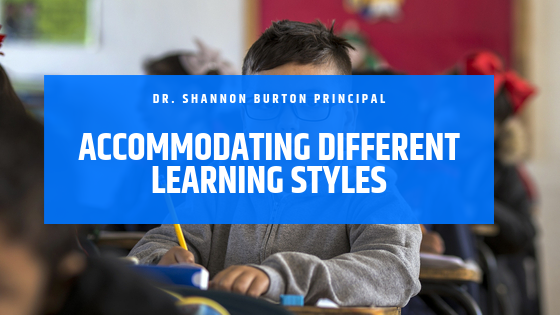How does a teacher reach the individual student in significant ways while also maintaining a classroom environment with a large group under their responsibility? It helps to recognize the different learning styles that students employ. There are four learning styles that teachers can use. These bring meaningful educational connections between teachers and students, and between students and their learning material.
The Four Learning Methods:
-
- Visual or spatial learners
- Auditory learners
- Kinesthetic learners
- Reading/Writing learners
Each style reveals itself in everyday student behavior. Personality testing will also uncover which styles serve as strengths for individual students.
Visual Learners
Visual learners favor a diagram over a block of text. They process information best when it is presented in a picture rather than as words. It can take a little time to absorb and organize the information in their minds. These students draw or map their information out. Their note-taking may look less like an outline and more like a drawing with arrows and boxes.
Auditory Learners
These students favor listening and speaking as they process information. They may need to tap into their tendency to talk a lot or to repeat things as they commit them to memory. Music, read-alouds, and speech-making all help auditory learners.
Kinesthetic Learners
Abstract concepts frustrate kinesthetic learners. They respond best to acting, doing, and engaging on tactile levels. They physically grasp foam blocks to mentally grasp a math problem. They thrive on movement using theater or hand motions.
Reading/Writing Learners
These learners look as if they thrive in the average classroom because they sit still, accept written instruction, and focus on a book. This can help them be independent learners who work ahead.
Personalized Success For Students
Teachers need to understand that individuals don’t usually line up neatly within these four styles. The kinesthetic learner may be sensitive to auditory instruction. The reader and writer can profit from learning how to interpret diagrams. Employing each style in daily lessons will help the teacher reach each student.

